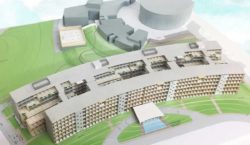In July Professor Bertil Andersson officially took over the highly prominent position as President of Nanyang Technological University (NTU), Singapore.
At NTU, he had already been Provost (the person in charge of all academic matters) since 2007, enticed by the university’s unprecedented research investments and interest in cutting-edge scientific research and technological innovations across multiple disciplines.
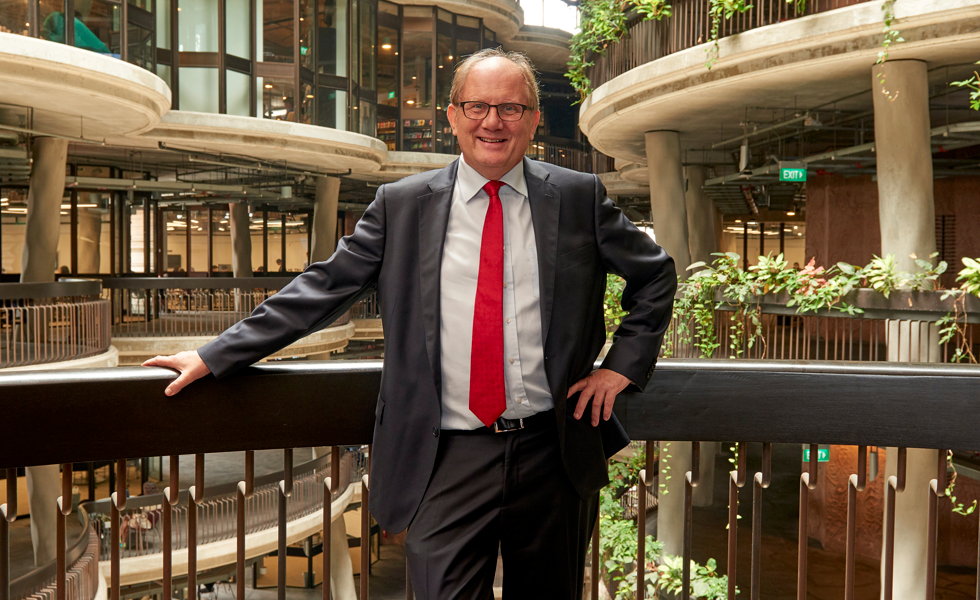
How a Swedish headmaster and plant biochemist could climb to such heights in Singapore is a remarkable feat that certainly must have its special reasons. Among no less than 650 distinguished candidates from around the world he had been handpicked for the job to further spearhead development at the rapidly growing university.
Arrived on the world stage
“It almost feels as if Singapore is the academic centre of the world!” explained the university’s new poster boy (starring, as he recently was, in an advertising campaign by NTU in Singapore’s public transportation system) while he received on campus to tell us the story so far and about all the exciting ongoing things.
“I’ve done most things and been a successful researcher, so of course I possess a lot of experience. Then coming to a place on the up, where there are resources and the political will – I usually compare with Europe where one talks about the knowledge-based society. In Singapore one walks the talk.”
Its government has put so much money into research and development – much more than many other countries in the world. Only within research on sustainability NTU alone now possesses no less than S$ 830 million!
According to the Swede, NTU is now a university which has really arrived on the world stage and that Singapore and its education is in mode. While Singaporeans have not yet fully realised what a top-notch, world-class university they have at their doorstep the expanding NTU has increasingly caught the attention of foreign students, now being hotter than what universities in the U.S used to be, the new President believes.
“They vote with their feet and come here. Several thousand students are from Europe. And just as NTU is sexy for researchers, Singapore is groovy for young people. And they are the ones who feel even more what is hip and trendy. And of course it helps that the English language comes along automatically here.”
Also for the world-renowned academic himself and all the top-notch researchers from far and near that he has so far successfully recruited, NTU is a big draw and few countries can compete in attractiveness with Singapore.
The fact alone that someone on such a prestigious position as Chief Executive of the European Science Foundation in Strasbourg (along with similar European assignments) opted for Singapore speaks volumes.
“Leaving Europe had nothing to do with that I did not find it interesting but because of that the job offer here was so attractive,” explained the professor.
In the capacity of having been assigned to coordinate the scientific research on EU level the previous rector of Linköping University in Sweden became a consultant in various advisory boards – including the Singapore government’s Scientific Advisory Board of the National Research Foundation.
“Seeing what was happening here – large investments, R&D and a rapid tempo etc. – I became impressed after having worked trying to get 27 countries within the EU to back up the same opinion. Sometimes one gets a bit disillusioned.”
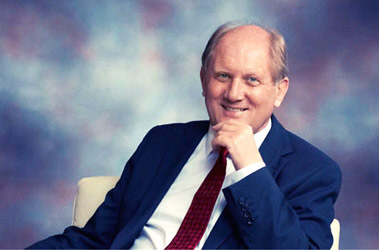
Nobel connection
Aside the top EU positions Bertil Andersson has a close association with the world-renowned Swedish Nobel Prize. From 1989 to 1997, he was a member of the Nobel Committee for Chemistry. Up until recently he was part of the Nobel Foundation and a member of the Board of Trustees of the Nobel Foundation.
“We award Nobel Prizes in Sweden which is the absolutely most prestigious prize within science. And being able to partake in selecting the prize winner is a fantastic privilege, and getting access to the best research in the world. I used to liken it with the Piccadilly Circus of Science; where everything flashes before your eyes.”
The Professor has had the pleasure of attending no less than 25 Nobel Prize Awards and Dinners.
“And I must say that I never get tired of it because each time it’s such a fantastic, happy feast! And I meet Nobel Nobel laureates saying: ‘You Swedes know how to throw a party!’ as they praise this celebration of science,” he smiles.
On site at NTU, their endowed Institute of Advanced Studies is the platform where they have a very strong relationship with Nobel laureates the world over, promoting science and technology at the highest level. The research institute has attracted no less than 10 such scientists to its panel of International Advisors, and regularly flies in Nobel laureates and other science giants to “enrich the life and work of the university community”.
“We hold very high-class conferences there, not least within physics but also chemistry and medicine where Nobel Laureates come and hold lectures for other researchers but also for students.”
The Professor also shares the honour with other distinguished scientists of having been awarded the Wilhelm Exner Medal in 2010 for his work in biochemistry research, an accolade that counts Nobel laureates among its recipients.
“What’s remarkable – If I should boast a bit – is that there are only 15 Nobel winners who have been awarded this price.”
Deeply honoured Professor Andersson hopes the medal will help to further promote NTU’s international recognition and attract top talents here.
Producing a Nobel Prize winner is certainly on his mind as it has got the right investments in place now. And its new focus on interdisciplinary research – part of the professor’s educational redefining and institutional changes – will usher in an era of new discoveries that “are happening at the interface between disciplines, for example, between engineering and medicine.”
“Should NTU be awarded any Nobel Prize in the future it has high value not only for the winner but also for the actual university, even some other prizes of certain status help.”
The award is in recognition of the research he has done leading forward to the creation of artificial leaves as well as his contributions to European and Austrian research.
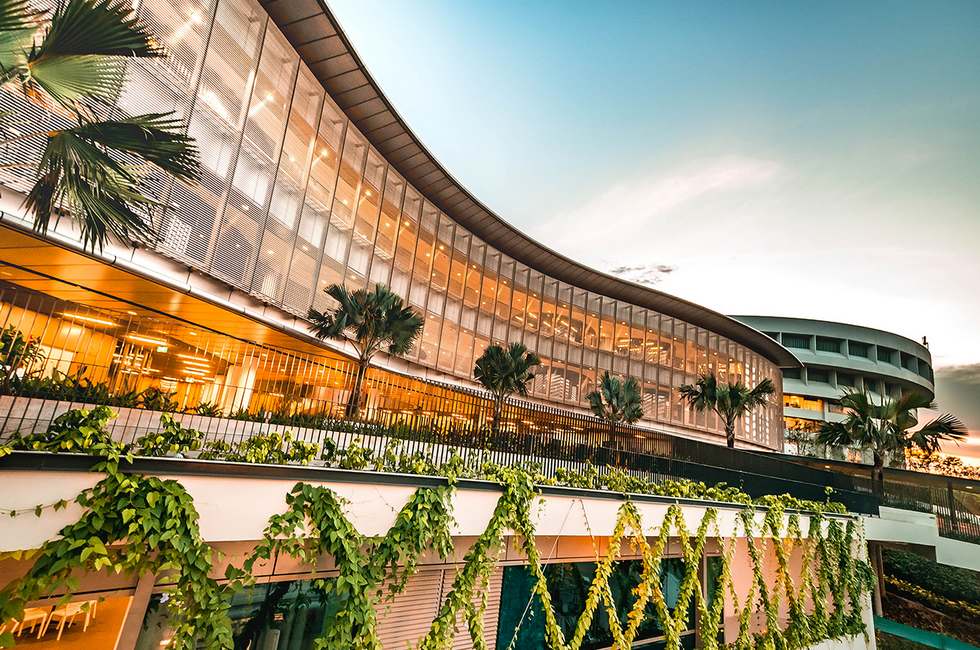
Energy the most important challenge
As for Bertil Andersson’s extensive research into photosynthesis, it is evident that this is now beginning to play a highly significant part in mankind’s hunt for new energy resources – with the ultimate goal to be able to replicate what green leaves have been doing for hundreds of millions of years.
Once artificial systems are able to generate fuels such as hydrogen and methanol, the professor’s prediction that ‘Green is gold’ becomes a truly brilliant tagline.
His work also constitutes an excellent example of that basic research can be useful and is the applied research of tomorrow. A Nobel laureate once told him: ‘there are only two kinds of research: applied and not yet applied.’
“Back then one could not see how the photosynthesis research could be useful. Meanwhile there are already many Nobel prices relating to this throughout the years.”
“We have established the drawings and now the task is to utilize this. The research is very intense now and within five years one should be able to have artificial leaves that can produce the photosynthesis.”
In the wake of the nuclear accident in Japan he is also seeing a stronger interest in alternative energy solutions.
“It accentuates our position between a rock and a hard place, fossil fuels and the threat of climate change, and it will lead to everyone understanding that we must put more efforts into research within the energy sector. And I’d say that we have a fantastic opportunity to develop other ways to generate energy conversion systems.”
“If one looks at what we should be doing research on in the future, of course health will always be a challenge but I must say that energy is the most important one. It’s almost as if one would like to see a Global Manhattan Project for energy,” says the President who also thinks we have twenty lost years in energy research to catch up on.
“I have, as the Provost, walked the talk and put enormous resources; brains and money and bricks into starting Eri@n, the Energy Research Institute, which already has attracted S$ 300 million. And I’d like to point out that we are the largest technical university in the world and should we as such not invest into one of the largest challenges we are facing today, then something would be wrong.”
The JTC Clean Tech Park being set up will also give green research and innovation another boost in pushing the boundaries of green sustainability and conjuring up clean technology solutions.
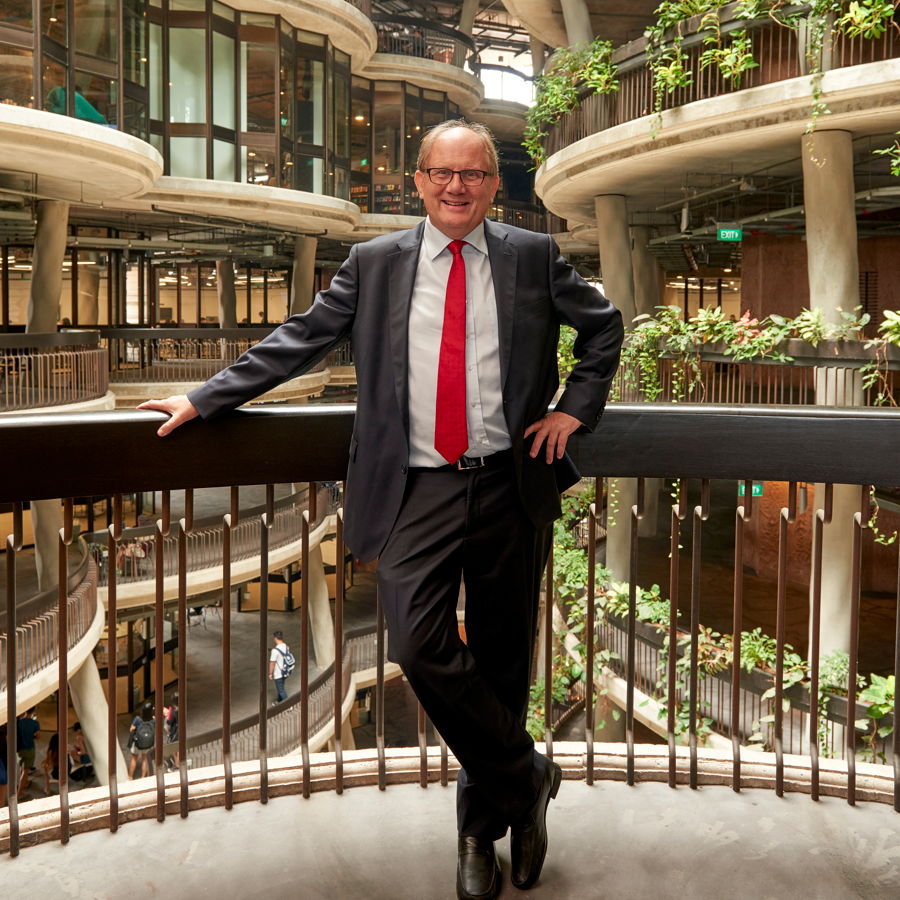 Top-notch researchers flocking to NTU
Top-notch researchers flocking to NTU
The professor has also been playing an instrumental role in establishing tie-ups with world-class foreign universities much thanks to NTU’s commitment to blazing new trails in teaching, research and service. And he has proved to be a heavy-weight talent magnet in recruiting world-acclaimed researchers and academics, enticing them (including some Scandinavians) with such an attractive offer that NTU and Singapore stand for today.
No wonder when they can get research grants that they could not imagine even in their wildest dreams over in Europe! Bertil Andersson can also take credit for that his university has reached an exceptional record of attracting research grants.
NTU is building an innovation and enterprise ecosystem on campus as part of its identity to create an environment where new ideas and risk-taking are encouraged.
“Especially in a country like Singapore which must spearhead innovation there’s a push that all research should be useful as soon as possible, while in Sweden we are doing it by tradition,” he compares.
“Sweden is a good research country, no question about that, but one thinks too Swedish. On a relative scale, here 52 per cent of the researchers come from outside Singapore. In Sweden I can guess that number is down to 5 per cent and very few Swedes work within research abroad.”
It is within interdisciplinary education and research the large scientific advances take place and new companies are being started, he thinks.
“We are good at mixing disciplines in Sweden while here it is still too structured; one builds Berlin walls between the different disciplines, so we’re trying to tear those down.”


